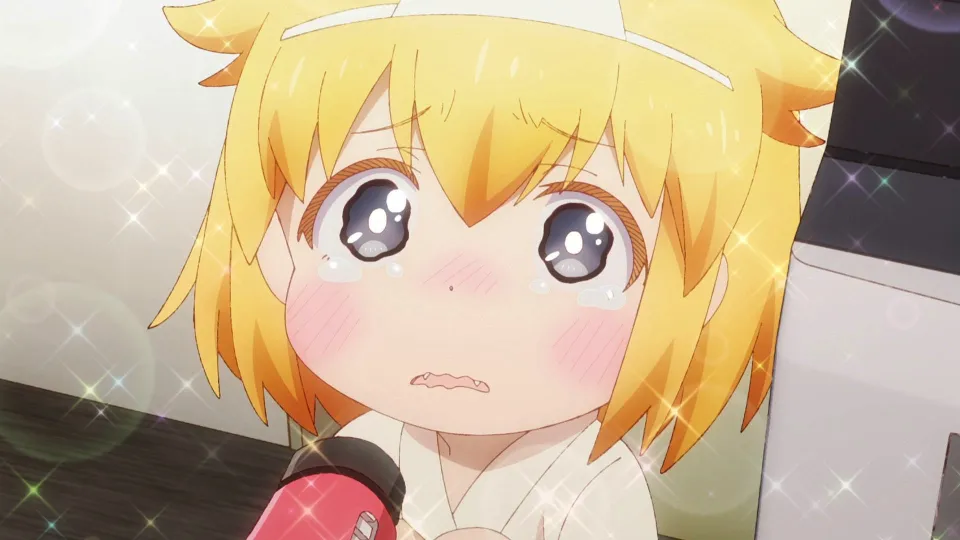Japan's Birth Crisis Worsens

Japan's birth rate has reached its lowest level since records began in 1947. In 2023, the fertility rate, which measures the average number of children a woman will have over her lifetime, stood at 1.20, according to the Ministry of Health, Labor and Welfare. This figure represents a decrease of 0.06 points from the previous year and marks the eighth consecutive year of decline.

Regionally, all prefectures experienced a decline in the birth rate compared to 2022. Tokyo recorded the lowest rate at 0.99, followed by Hokkaido (1.06) and Miyagi (1.07). In contrast, Okinawa had the highest rate at 1.60, followed by Miyazaki and Nagasaki (1.49) and Kagoshima (1.48).
In 2023, 72,727 Japanese children were born, a reduction of 43,482 compared to 2022, the lowest number since records began. At the same time, the number of deaths reached a record high of 1,575,936, an increase of 6,886 from the previous year.
The case of Shuhei Horikiri (堀切脩平), a 31-year-old Chiba resident, illustrates the difficulties of many young parents. Working at a large HR company, Horikiri faced long working hours that made it difficult for her to juggle work and parenting. Eventually, she opted for remote work to better balance her family and work responsibilities.
Some companies have taken steps to improve their employees' work-life balance. A notable example is Baeren Brewery in Morioka, which implemented significant labor reforms seven years ago. These include redistributing tasks to avoid work overload and introducing applications to facilitate communication and efficiency. As a result, overtime was reduced by 27% per employee, and the company experienced a 50% increase in sales, allowing for wage increases despite reduced working hours.
The decline in Japan's birth rate reflects complex structural challenges, including economic insecurity and difficulty balancing work and family. The experiences of individuals like Horikiri and successful business initiatives like Baeren Brewery show that it is possible to implement solutions. It is crucial that the government and businesses continue to work together to create work environments that foster family and economic stability, which is an essential strategy to reverse the low birth rate trend and ensure a sustainable future for Japan.
- "The birth rate in Tokyo, where wages are highest, is the lowest."
- "I think we should stop trying to increase the population and start waging a war of attrition, trying to maintain as much prosperity as possible while the birth rate continues to fall."
- "Of course. Because the state doesn't take care of its people."
- "The government is only thinking about spending money to strengthen the vaults, while the assets on behalf of the people are dwindling."
- "The population of the world as a whole is growing too fast, so we're going to reduce the population as a developed country."
- "The government should change its policy based on the premise that the population will decline. I think we knew this was going to happen."
- "I think it's wrong that Tokyo is by far the lowest. Tokyo has a large population and young people, but if so, it's nothing more than a black hole that sucks up population. If we don't end the concentration now, it's going to get even worse."
- "If you look at the birth rate, it's not the time for East Asian internal conflicts, really. It's a problem for all industrialized countries."
- "Why don't we change our mindset and spend money on people living in the present without increasing the birth rate? Let us accept the future of perishing."
Source: NHK NEWS
Copyright NHK (Japan Broadcasting Corporation). All rights reserved

